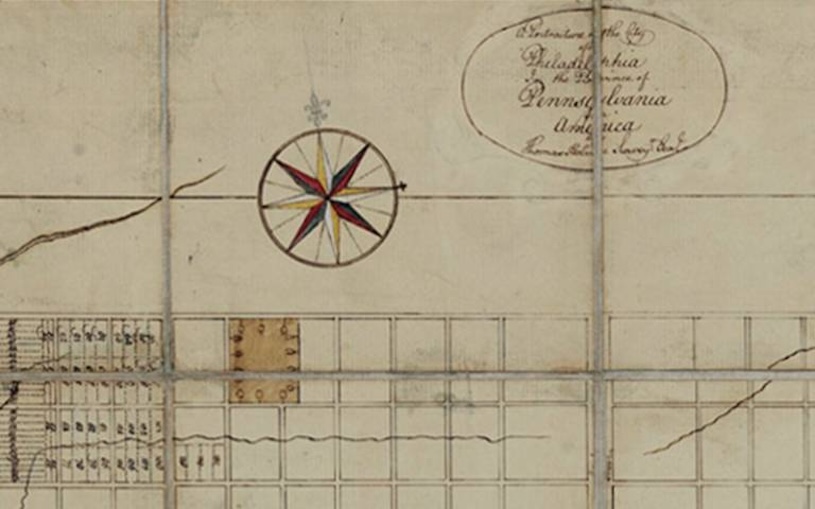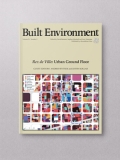50 Years of Inclusion in the Built Environment
As part of the Golden Anniversary celebrations, I reviewed a half decade of Built Environment contributions on the theme of Inclusion. This involved revisiting an expansive set of works that touched on inclusive urban design and spaces as well as the ways to greater equity in cities, and the violence of exclusive practices and spaces. The upshot was a selection for issue 50 (4), which in a small way could represent what I saw as a thematic evolution (from Boys, 1990, Holliss, up to Davis & Sinha, 2023).

Image 1: Golden Anniversary Cover
Early works primarily focus on the more iconic types of exclusion from the city. Those types of themes often focused on the gendered lived experience of environments, e.g. ‘Women and the Environment’ (1996) and more recently ‘Women-led Urbanism’ (2024). In other years, the special issues gave significant attention to the experience of children, looking at younger people’s relationships with built space (McKendrick, 1999; Kraftl, Horton, and Tucker, 2014). The initial ‘exclusions’ were reprised over the years, and expanded the communities of interest, for instance Renel’s (2018) paper on sensory experience. They also increasingly questioning institutions’ and practices, and turned toward liveability.
On reflection, studies of ‘inclusion’ share an interest in the diversity of understanding of the shape of the city, and questioning those norms that feeds criminalisations and marginalistions and/or deconstructs prejudice. Bichard (2018) provided a strong articulation of the underpinning argument, that exclusions can be traced back to lack of attention to actually existing needs of users of the built environment. To paraphrase, urbanists either fail to get beyond a simplistic ‘for all’ mentality or they focus on goals and targets and forget about lived experience.
________________________________________________________________
As ever we welcome further Built Environment blogs & tweets on this theme!
Listing Image/Image 1: Golden Issue Cover (Source: Alexandrine press. All rights reserved)
Andres, L. and Natarajan, L. (2024). Towards Women-Led Urbanism. Built Environment, 49(4).
Bichard, J-A (2018). Inclusive Design: Towards Social Equity in the Built Environment, Built Environment 44(1).
Boys, J. (1990) Dealing with difference. Built Environment, 16(4), pp. 249–262.
Brand, J. (1996). Sustainable Development: The international, National and Local Context for Women. Built Environment 22(1).
Holliss, F., Davis, H. and Sinha, S. (2023) Homes that Work. Built Environment, 49(3), pp. 333–343.
Kraftl, P., Horton, J. and Tucker F. (2014) Children, Young People and Built Environments, Built Environment 33(4).
McKendrick, J.H. (1999). Playgrounds in the Built Environment, Built Environment 25(1).
Reeves D. (1996). Women and the Environment, Built Environment 22(1).
Renel (2018) ‘Auraldiversity’: Defining a Hearing-Centred Perspective to Socially Equitable Design of the Built Environment, Built Environment 44(1).
Vaughan, L., Arbaci, S. and Mateos, P. (2014). Perspectives on Urban Segregation, 37(2)

